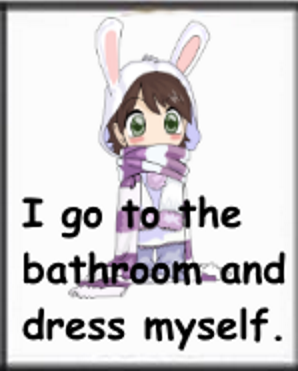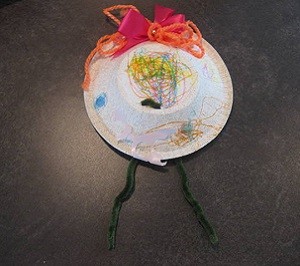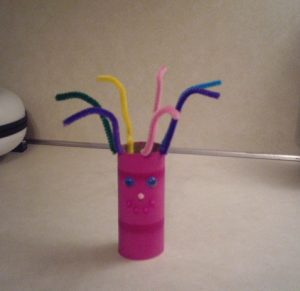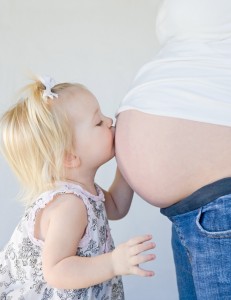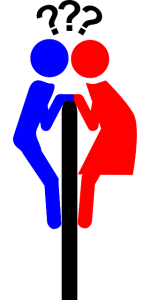Before going to kindergarten, preschool, daycare, or playschool, it helps if we encourage some basic self-help skills for young children, like the bathroom!
Being independent in bathroom needs is one of the biggies for young kids. Some programs will have separate washrooms or restrooms, but in larger centers there could be ones used by other kids too. If old enough, check if your child can go the bathroom alone, when needed, and can take care of wiping needs. At home, kids don’t always close the door, but this could be a concern in programs. Reminders to wash hands and flush are pretty standard.
Kids can be hesitant about telling someone they need to visit the bathroom. While some kids have twitches, posture, and wiggles that make it obvious they need to go, others don’t. Is your child comfortable telling someone and asking for help, if needed?
Although at home, another family member may complain if a child takes too long, generally the bathroom is a private, quiet space and kids can spend the time they need. That might be an issue in a school or care center. There are no Boys and Girls signs on the doors at home either so kids know which bathroom to use. Not all boys have seen the urinals that are common in larger washrooms and restrooms.
Considering how important and necessary, no wonder this school made a video about bathroom expectations.
Another somewhat related self-help skill is knowing the correct names for body parts, including the private ones. Some adults are uncomfortable or embarrassed by children’s use of these words, but it’s vital they know them for their safety. Being able to use the accurate names increases children’s resistance to abuse. We need to discuss with kids the differences between private and public spaces and behaviors.
Next to these, independence in dressing is a minor concern. What are some other important self-help skills for young children?
(For the entire checklist, visit the first post’s Before I Go to Kindergarten infographic .)

